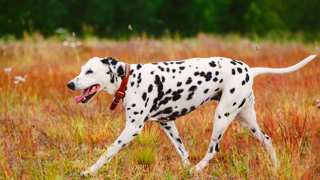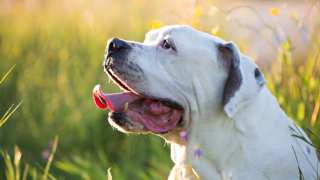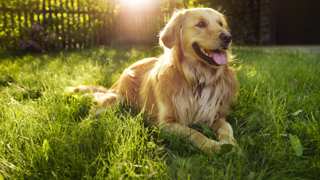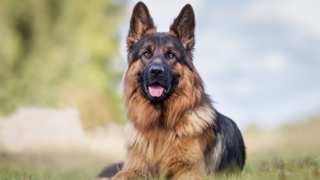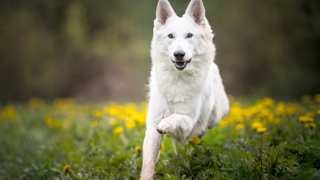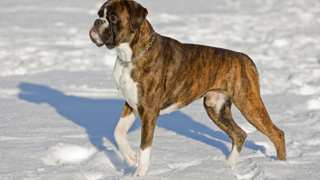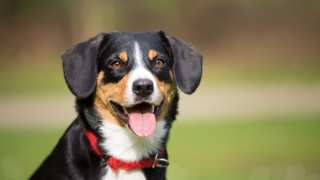Like that of all breeds, the Siberian Husky diet will need to include plenty of animal proteins and carbohydrates, vitamins and minerals, and omega fatty acids--the three canine nutrient groups that provide dogs with balanced nutrition to sustain their health in the long term. The best Siberian Husky dog food, then, is premium dry kibble, as it contains substantial amounts of the above-listed nutrients (and very few "filler" ingredients).
In reality, though: what does a Husky eat? Almost anything! Some owners prefer giving their Husky a "raw diet" of fresh meats, fruits/vegetables, and other protein sources, as that mimics what Huskies eat in the wild--but if fed a regular diet of premium dry kibble like Royal Canin, a Husky will be very healthy.
And exactly how much to feed a Husky puppy or adult? Grown Huskies will need about 2½ cups of premium dry food per day, divided into two meals. Portions of food for Husky puppy dogs are a bit smaller: depending on the pup's age, about 1¾ cups of premium food per day, divided into three meals (not two) until six months old.
For more info on feeding these dogs from puppyhood through maturity, here's a handy Husky puppy feeding guide:
Siberian Husky Feeding ChartDog AgeDog WeightFood TypeAmountFrequency2 Months8 lbsDry (Puppy formula)0.25 cups3x/day3 Months15 lbsDry0.4 cups3x/day6 Months30 lbsDry0.6 cups3x/day9 Months42 lbsDry* (Puppy/Adult)1 cup2x/day11 Months+50 lbsDry (Adult formula)1.25 cups2x/day*--Around this time, transition to adult food by first mixing in a bit of adult formula with the puppy formula. Over the course of a week, with each meal add a little more adult food to the mixture, until the dog is eating it entirely.
If possible, try and stick to the above-listed portions. Though this breed doesn't have a very high tendency for obesity, a Husky certainly can become overweight if constantly overfed (and under-exercised)--and fat Huskies will have numerous health problems, a potentially shortened lifespan, and general unhappiness because of decreased physical activity. You can help control your Husky's weight by having consistent feeding and exercise schedules, by not feeding the dog table scraps (and easy on the Husky treats!), and by not leaving food in the dog's bowl all the time. It's better to put the bowl down only at mealtimes, then pick it up when your Husky is finished.
If you're worried your Siberian Husky is overweight, give the dog this test: run a hand along its side, and if you can't feel any ribs, it's Husky diet time. Reduce the dog's daily food consumption by one-fourth, and add an extra walk, jog, bike ride, or play period to its daily exercise schedule.


